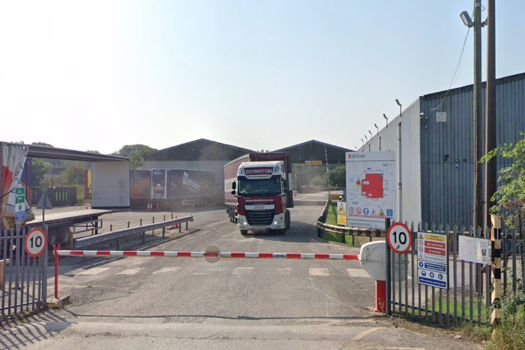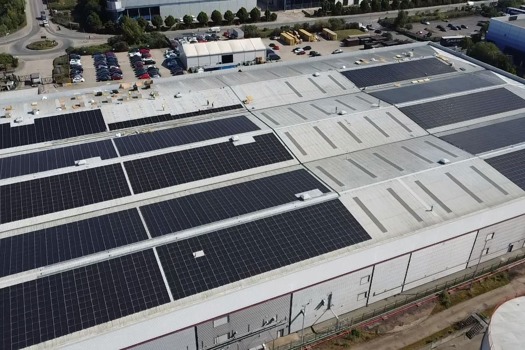Micromotion "filled the gap" between costly lenticular and no-frills 2D print, said Terry Smith Group, which printed the Christmas campaign using the patented technique for Borders' and its subsidiary Books etc's 225 shops.
The ink's application is controlled by bespoke software which gives it the appearance of a "kaleidoscopic illusion" of waves and spirals, said head of communications Andrew Hinton. Production costs are about 30% higher than conventional print.
"Research shows if movement catches the eye you spend longer looking at a promotion. Our method doubles the time from a three-second average," said Hinton.
The system applies a clear varnish to the printed surface, which dictated the way light refracted and caught the eye, he said. The effect mimicked rotating crystal patterns from children's telescopic kaleidoscope toys.
The firm in West Drayton, Middlesex is in talks with an FMCG agency to print campaign material and may roll out licences for others to use the technology.
Have your say in the Printweek Poll
Related stories
Latest comments
"Gosh! That’s a huge debt - especially HMRC! It’s a shock that HMRC allowed such an amount to be accumulated."
"Whatever happened to the good old fashioned cash job! At least the banks didn't take 2-3% of each sale. After 30 odd transactions that £100 quid you had has gone."
"It's amazing what can be found on the "web" nowadays!"
Up next...

Replacement 'will be operational later this year'
Walstead makes decision on Bicester 64pp

'Ridiculous decision'
Unite “prepared to fight” on proposed DS Smith site closure

Also helps mitigate volatile energy prices




